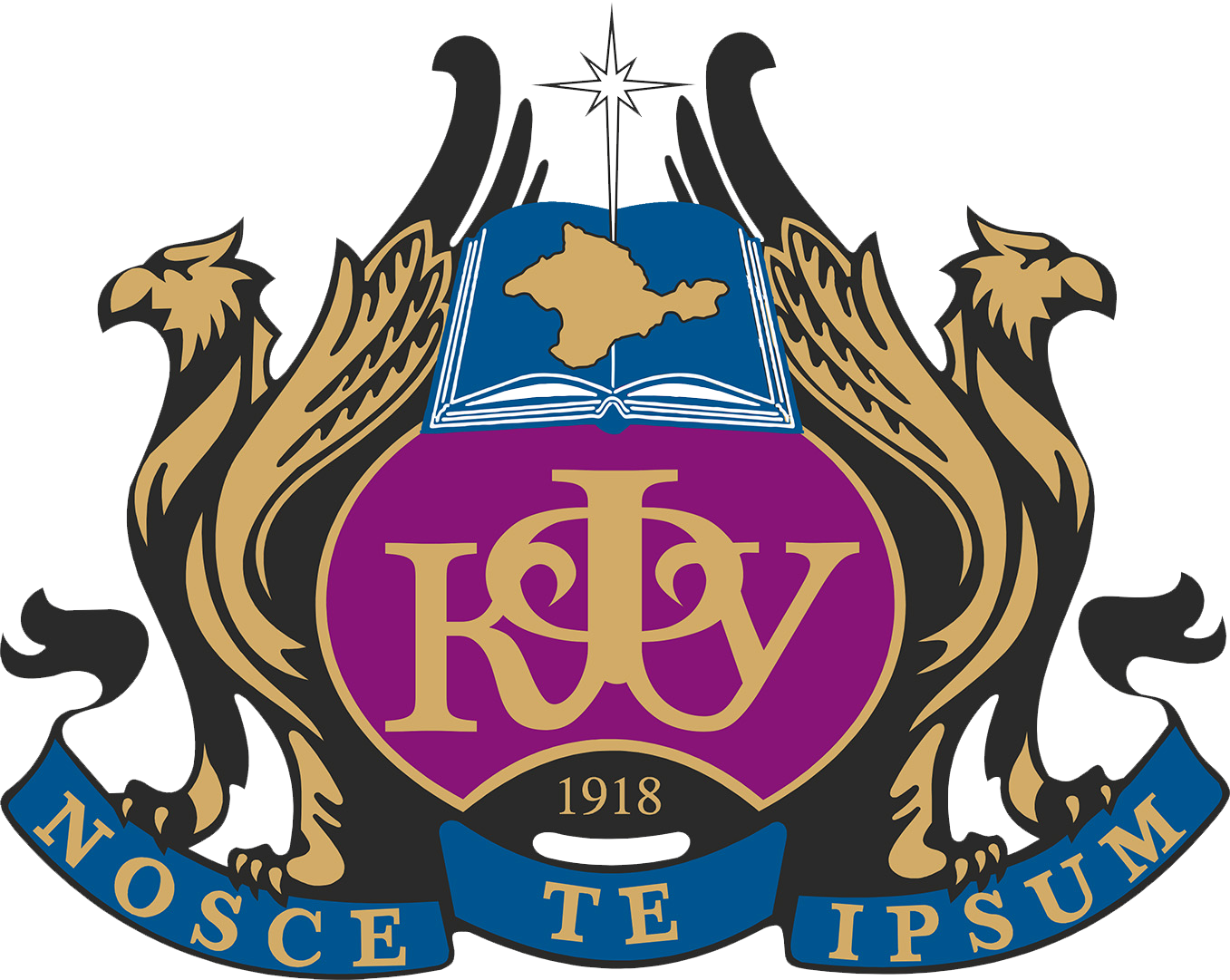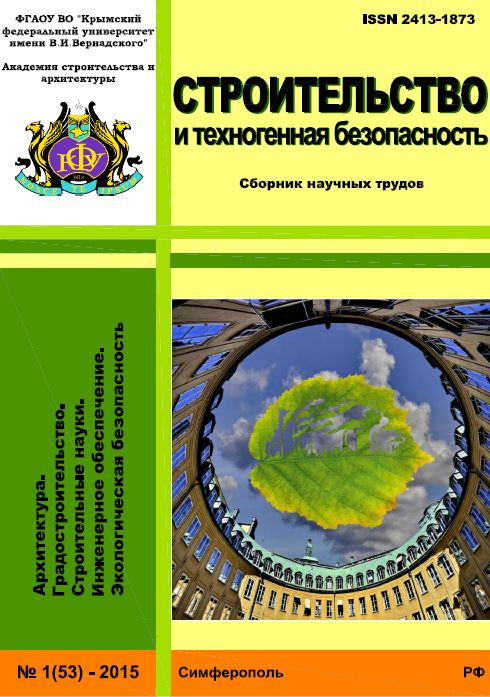The article provides a schedule for measuring reactive power at the Mirnovskaya wind farm with a quantization period of 1 second and a measurement time of 0.2 second. The choice of quantification period is justified using the Kotelnikov theorem. The measurements of the same parameter were performed by synchronously digital multimeter with a period of 1 second references and a set as part of a measuring converter and digital oscilloscope PCS500 with a reference period of 0.1 second. At the same time, the interval of the velocity of the wind was taken into account. The measurement scheme is given for this case, providing for the transfer of information to a personal computer. The errors of measurements of stochastically changing electrical parameters of a wind energy installation are evaluated. The options for the organization of the organization of data transfer of the monitoring system for the wind farm as a whole are shown. Subject: wind farm. The study is aimed at solving the problem associated with the accuracy of conducting reactive power due to the stochastic nature of its generation and consumption, and the transfer of data from a number of wind turbines that are part of the wind farm. Materials and methods: both analytical and calculated methods based on the use of Kotelnikov theorems, as well as experimental methods, were used. Results: It was established that the selected quantization period in 1 second provides a clear and correct picture of changing the parameters of the generated energy by a wind turbine. Conclusions: Studies have shown the correctness of the methodology for determining the reactive power for the stochastic generation and consumption on the wind farm by a separate measurement of current and voltage, as well as when transmitting data using a radio modem or cellular communication. This technique and schemes can be used at other energy facilities.
wind turbine, wind farm, reactive power, quantizing, oscillogram, modem, controller
1. Hassan F.A., Gaynullina L.R., Timerbaev N.F. Metodika ocenki i prognozirovaniya srednegodovoy skorosti i napravleniya vetra na osnove dannyh vetroizmereniy
2. Matrenin P.V., Manusov V.Z., Igumnova E.A. Ustoychivoe kratkosrochnoe prognozirovanie skorosti vetra s pomosch'yu adaptivnyh kompaktnyh neyronnyh setey // Problemy regional'noy energetiki. 2020.
3. Min-Woo Baek, Min Kyu Sim and Jae-Yoon Jung; Wind power generation prediction based on weather forecast data using deep neural networks // ICIC Express Letters. 2020. Volume 11, Number 9. pp. 863-868.
4. Lawrence R. Martin. Wind energy - the facts: a guide to the technology economics and future of wind power // Journal of Cleaner Production. 2010. 18 (10). pp. 1122 – 1123.
5. Freitas Nicksson, Silva Marcelino, Sakamoto Meiry. Wind speed forecasting: a review // International Journal of Engineering Science. 2018. 8.https://doi.org/10.9790/9622-0801010409.
6. Bez'yazychnyy V.S., Veligura S.A., Kalashnikov A.I., Nadtoka I.I. Analiz zavisimostey elektropotrebleniya v energosisteme ot skorosti vetra i effektivnoy temperatury vozduha i ispol'zovanie
7. Nasyrova E.V., Timerbaev N.F., Leuhina O.V., Mazarov I.Yu. Analiz dannyh vetromonitoringa v respublike Tatarstan // Izvestiya vysshih uchebnyh zavedeniy. Problemy energetiki. 2019. T. 21. № 6.
8. Hellmann G. Uber die Bewegung der Luft in den untersten Schichten der Atmosphere. Meteorol. Zeit. 1915. Vol. 32. pr. 1 – 16.
9. Hassan F.A., Alali Sh., Gaynullina L.R. Povyshenie effektivnosti vetrovyh elektrostanciy // iPolytech Journal. 2022. T. 26. № 2. S. 217-227.
10. Sher'yazov S.K., Isenov S.S., Iskakov R.M. i dr. Osnovnye tipy vetroturbin-generatorov v sisteme elektrosnabzheniya // Izvestiya vysshih uchebnyh zavedeniy. Problemy energetiki. 2021. T. 23. № 5.
11. Shirobokova O.E., Laponov A.S. Voprosy kompensacii reaktivnoy moschnosti v elektrosetyah // V sbornike: Problemy energoobespecheniya, avtomatizacii, informatizacii i prirodopol'zovaniya v APK.
12. Shankar Rajukkannu, Gomathy Velmurugan, Ramkumar Pandian, (2024). An Effective SST-FLC for Mitigation of Reactive Power Compensation of DFIG Based Wind Energy Conversion System // Electric Power
13. Vdovin D.V., Imelbaev F.F., Nefedova A.A. Funkcional'naya model' kontrollera vetroelektrostancii s logicheskoy shemoy upravleniya i kontrolya aktivnoy i reaktivnoy moschnosti
14. Andryushanov D.A., Bracyuk F.O., Nikishin A.Yu. Regulirovanie reaktivnoy moschnosti vetroelektrostanciy pri podklyuchenii k energosisteme Kaliningradskoy oblasti // Vestnik molodezhnoy nauki.
15. Yanping Deng, Ye Du, Yifan Sun, etc. (2024). Distributed energy storage participates in reactive power optimization strategy research of new distribution system //
16. Tropin V.V., Kucherenko R.E., Kucherenko D.E. Analiz effektivnosti ustroystv izmereniya i regulirovaniya reaktivnoy moschnosti v sel'skih elektricheskih setyah 0,4 kV. Ufa: Obschestvo s ogranichennoy.
17. Serov A.N., Ivanenko K.A., Zolkin D.S. Primenenie preobrazovatelya gercelya dlya izmereniya parametrov reaktivnoy moschnosti // Avtomatizaciya i izmereniya v mashino- priborostroenii. 2022.
18. Lychev A.O. Ocenka vliyaniya pogreshnosti kvantovaniya na rezul'tat izmereniya aktivnoy i reaktivnoy moschnostey // Yuzhno-Sibirskiy nauchnyy vestnik. 2013. № 1 (3). S. 61-63.
19. Serov A.N., Ivanenko K.A., Podobuev S.A., Shatohin A.A. Ocenka vliyaniya aperturnoy zaderzhki acp na pogreshnost' izmereniya reaktivnoy moschnosti // Yuzhno-Sibirskiy nauchnyy vestnik. 2023. № 3 (49).





